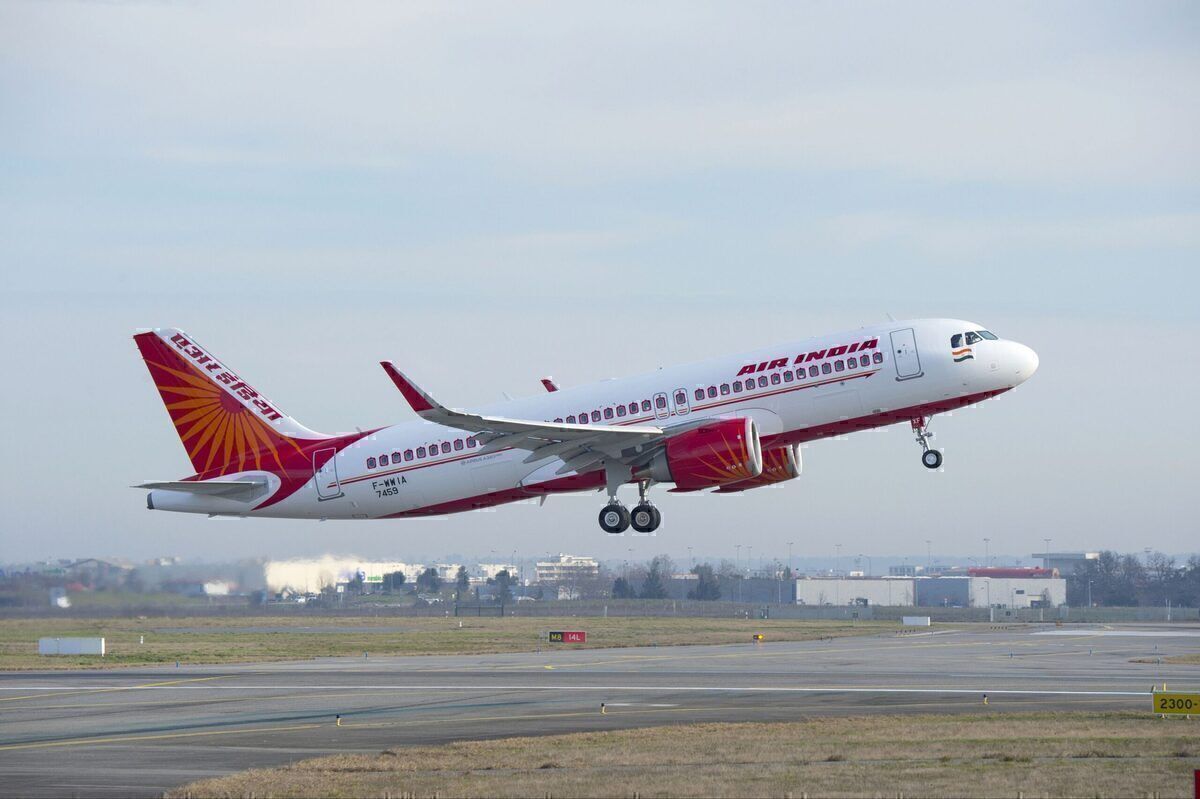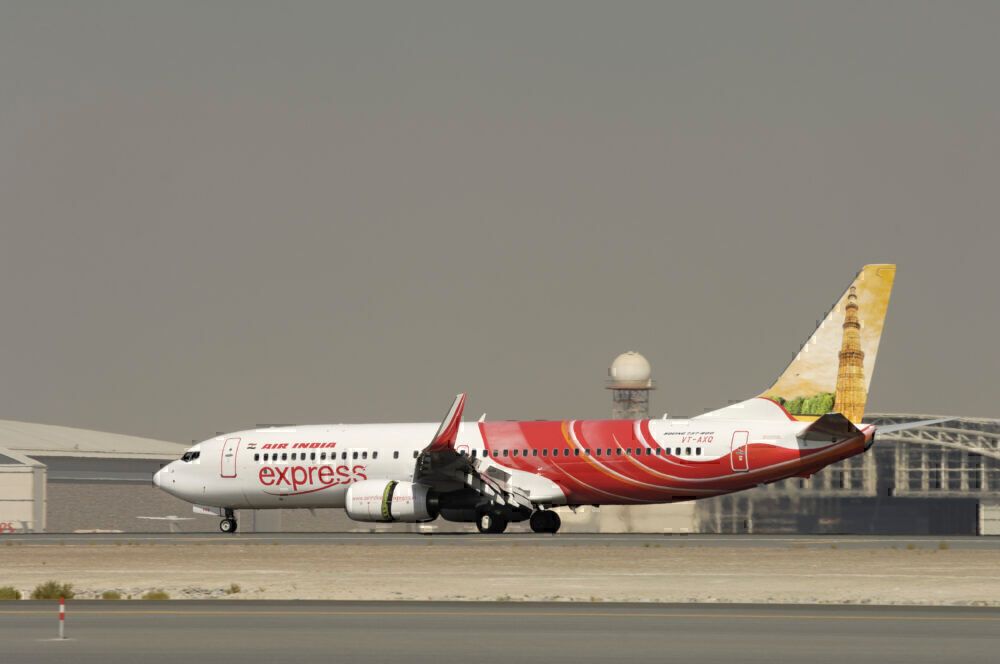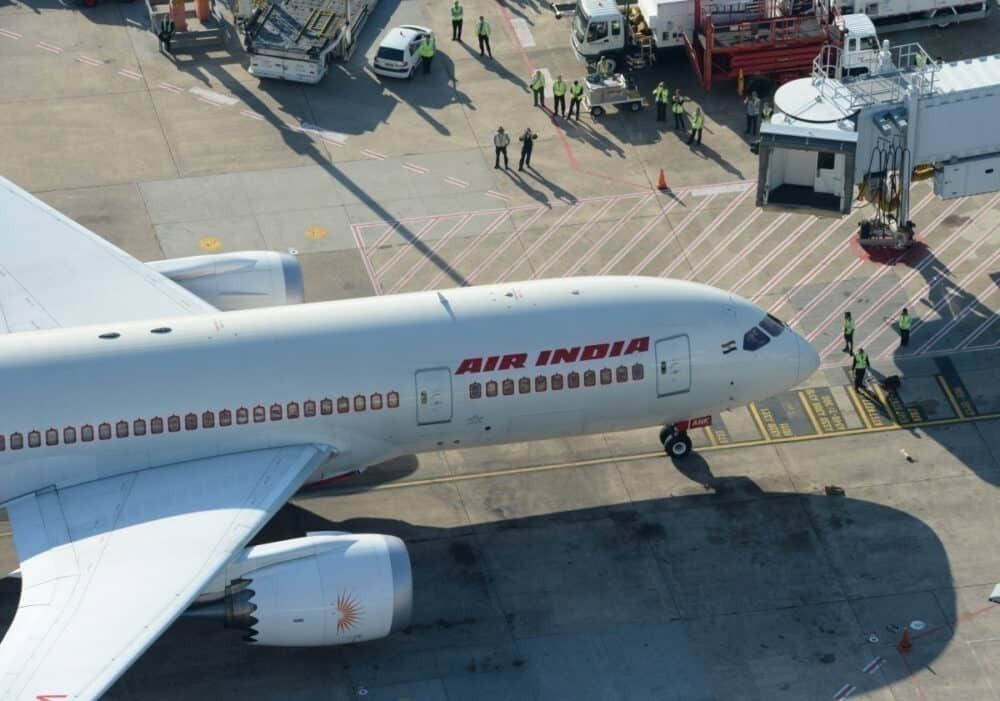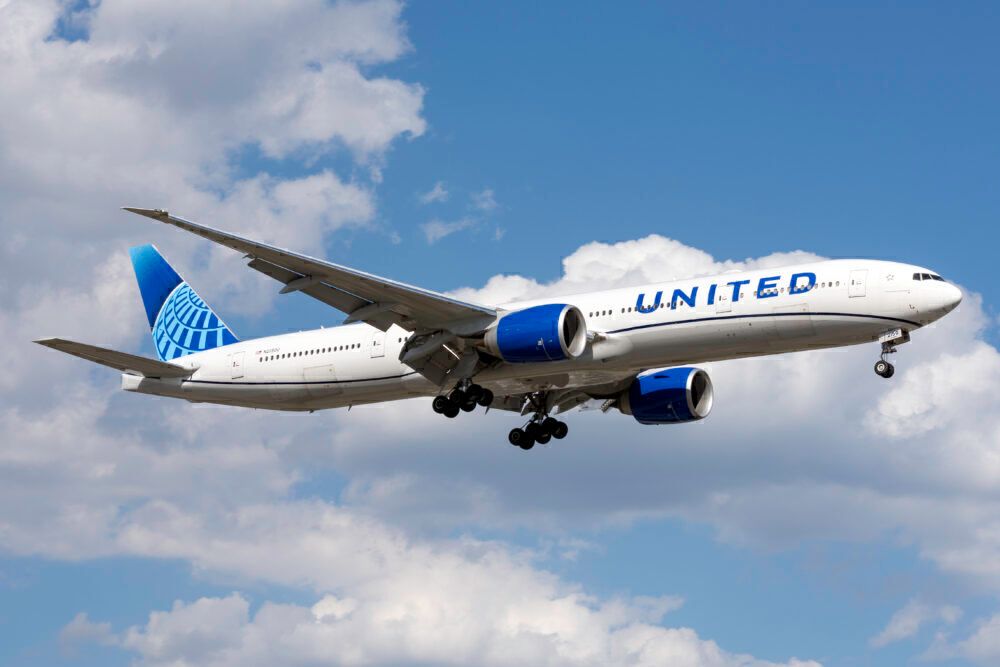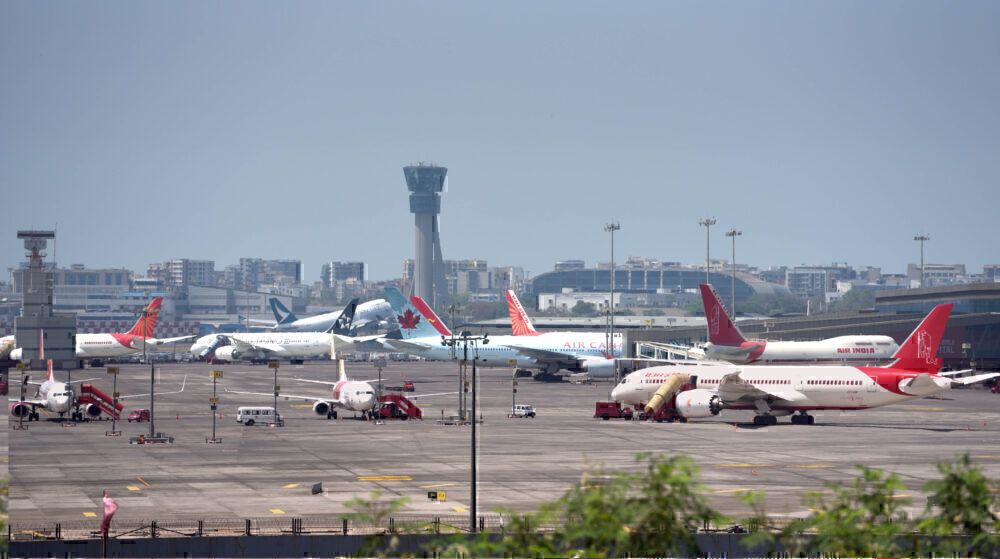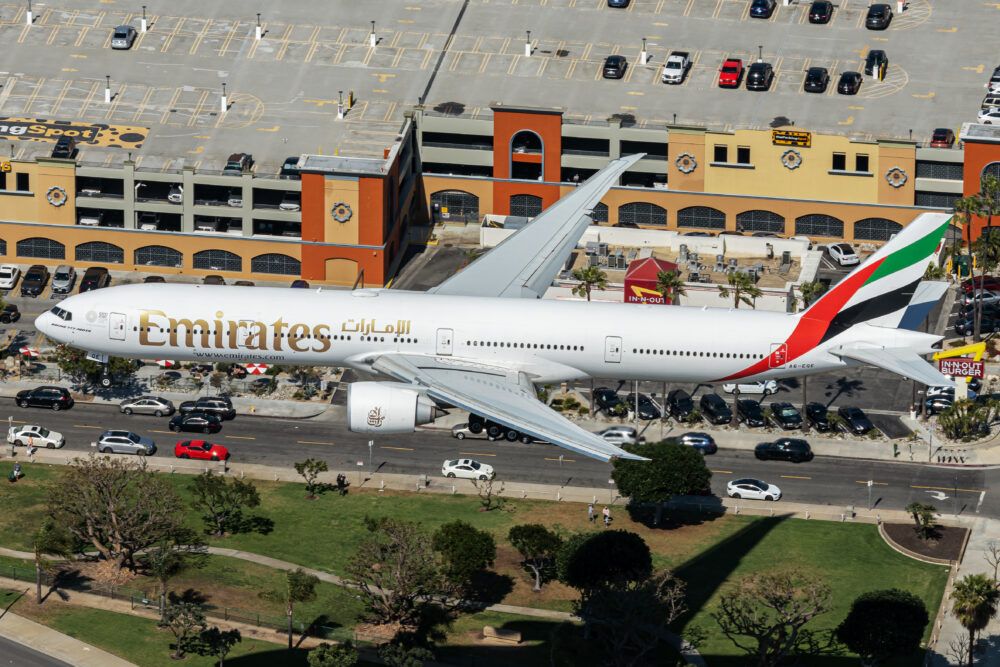The Vande Bharat Mission has been the largest repatriation operation in the world. The mission has brought over 6.9 million residents home in the last 11 months and shows no signs of slowing. Here's a look back at the VBM and why it was needed.
Starting
As the pandemic began to spread globally in March, countries moved quickly to close their borders. India grounded all international flights on 22nd March 2020 for one week and soon after went into a nationwide lockdown. The sudden border closure and cancelation of all flights left millions of Indian workers, students, professionals, and others abroad.
By May, a while after other countries began repatriation flights, it became clear that India had to act quickly to bring home its citizens. At this time, the Vande Bharat Mission (VBM) first started and planned to bring home roughly 15,000 citizens. A bulk of the return requests originated from the Middle East, where thousands of Indian migrants work, and the region was the focus in the early phases of the mission.
However, it quickly became clear that India would have to greatly expand the Vande Bharat Mission to reach all its citizens. Considering India has the largest diaspora in the world, the government stepped up its efforts under Phase 2 of VBM, pushing its goal up from 30,000 returnees to 100,000. By the third phase, India had reached over 60 countries.
During the first two months, Air India and Air India Express largely led the operation. With government backing and limited flights, it didn't make sense to rope in more airlines (despite all carriers being grounded due to the domestic flight ban). However, by July, India opened up VBM to private airlines as well, drastically boosting available flight capacity.
Returning
Two months into the Vande Bharat Mission, the government ramped up available flights. Phase 4 saw over 900 flights to destinations worldwide, with airlines like IndiGo flying hundreds of flights to the Middle East to bring home hundreds of thousands of stranded Indians.
However, the government was also facing pressure from countries to reopen two-way flights and accusations of monopolizing traffic. The US went as far as threatening to ban Air India if it did not allow foreign carriers to conduct repatriation flights as well. This gave birth to the "travel bubbles" which enable travel now.
While a few travel bubbles had been established, VBM was still needed to bring back citizens from dozens of other countries. The mission entered its 5th Phase in August and continued flights to the Middle East, North America, and beyond.
Fast forward
By the winter, dozens of foreign airlines had resumed flights to India and many countries now had enough capacity to bring home citizens, including the Middle East. However, many countries with low COVID-19 cases have not formed a bubble with India, forcing the VBM to continue to serve destinations like Australia, Hong Kong, China, Saudi Arabia, and more.
Moreover, connecting flights are banned under travel ban rules, which meant airlines like Emirates or ANA could not fly in passengers from these countries either. This meant VBM continued its operations through 2020, bringing home citizens and allow thousands to travel out of India as well.
Notably, India never lifted the one-week ban mentioned at the start. One year later and scheduled international flights remain banned from India, which means airlines have struggled to resume services to the country.
When will it end?
The government has shown no signs of winding down the Vande Bharat Mission any time soon. Citing the need for flights to destinations outside the travel bubble, VBM will likely continue for a few more months. However, connectivity will also not return until the government lifts the ban on regular international flights. The repatriation services will continue for a while, despite vaccinations and borders reopening.
For those trying to understand the daily VBM numbers, all Air India flights are tagged as "repatriation" even when flying to travel bubble countries. In reality, only some daily flights remain true repatriation services for those stuck abroad. Until regular flights resume and borders reopen globally, it's unlikely the government will shut down the mission.
What has changed?
While the Vande Bharat Mission has helped millions return to India or their homes abroad, it has had an impact on the market too.
First, the repatriation flights have shown airlines a glimpse of future route options, highlighting where travelers are flying to and residing. This kind of route planning data will be a gold mine for airlines, helping plan future services. Read more about new routes that could open up due to VBM here.
The second shift has been due to the travel bubble rules. Since connecting flights are banned, dominant hub airlines in the Middle East can no longer offer flights to Europe or the US. This rule has caused a surge of new routes between North America and India, with airlines either starting new routes or not delaying planned ones.
While only time will tell how long this shift towards direct flights last, VBM has changed the market for now. The changes have aided point-to-point carriers like United, Air India, Air Canada, and more. However, there is no guarantee that trends will not quickly reverse once more passengers return to international travel.
Stay informed: Sign up for our daily aviation news digest.
An impressive mission
As the Vande Bharat Mission gets closer to the one-year mark, it has proven to be an impressive mission. Transporting nearly seven million passengers is no mean feat, especially during a pandemic. While things may have started off slowly, nowadays, most travelers can flights to their destinations with relative ease. While VBM is not over just yet, it is getting closer to completing its herculean mission.
What do you think about India's repatriation mission? Did you fly during the pandemic? Let us know in the comments!

